Somewhere along a curvy stretch of backroad in the Colli Euganei, I had to remind myself that I was still in Veneto. After all, this is the Italian province that includes the Venetian Lagoon; the Belluno Alps; the flat plains of the lower Po, Adige and Piave Rivers; the shores of Lake Garda; and the treasures of Venice, Padua and Verona.
Veneto may not have a singular look to it, but Colli Euganei was still defying expectations. The hills are thickly forested, steep and isolated. The road I followed on that day — no more than a cart path at times — wandered like a lost hiker through the trees and hillside cuts. It was the Italian boonies.
I was there, as you can imagine, for the wine. Colli Euganei produces sweet, golden wines with a mineral texture, and much of the magic has to do with the dirt. The story of soil can sometimes seem abstract when you visit a place, but in volcanic terroir such as this, there is no hiding the origins. From some vantage points in Colli Euganei, the hills look like an archipelago suspended in the haze of the Po Plain. Their shape is so unmistakably volcanic, you can easily imagine them popping off ash plumes and lava projectiles eons ago.
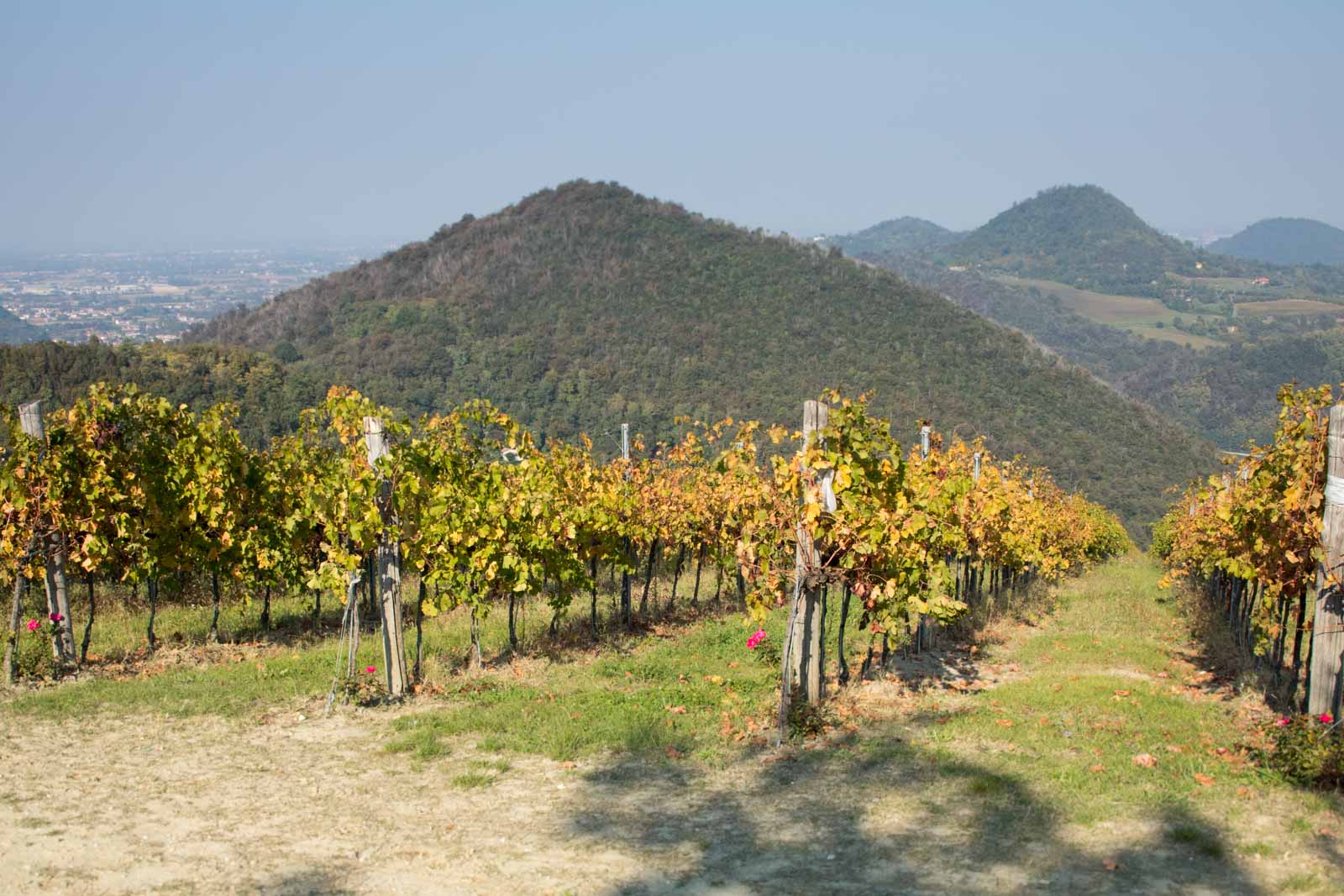
Colli Euganei’s most celebrated grape is Moscato Giallo, which makes a range of white wines that are denoted on the nose by their similarities to honey, oranges, flowers and, most notably, lemongrass. The best of these wines (or rather, at least the ones accorded DOCG and DOC status) are called Fior d’Arancio, which means orange blossom. Styles can range from dry to sweet passito (the DOCG also allows sparkling), but its the passito wine that has the most acclaim in Italy. This is followed by the sparkling sweet wine.
Which brings us to why you’ve probably never heard of this place, especially if you are American: we don’t drink a lot of sweet wine. But if a young winery named Maeli is any indication, Colli Euganei might have its moment in the international spotlight yet, and it won’t be draped in residual sugar.
“I Want to Make All of the Versions”
Elisa Dilavanzo is a Moscato Giallo evangelist, and the locomotive behind Maeli. She is a vinous potter, molding and bending a single grape into as many shapes as the raw materials will allow.
A former sommelier, she came to the winery in 2011. When the owner wanted to sell — and Elisa saw a future of Moscato Giallo being ripped out in favor of Bordeaux varieties — she took matters into her own hands and called Gianluca and Desiderio Bisol, the brothers who run one of Prosecco’s most recognized wineries.
“If I had told Gianluca ‘I just want to make wine,’ he would not have been interested,” she told me during the tasting. “But I said ‘I just want to make all of the versions of Yellow Muscat [Moscato Giallo],” she then laughed. “He said what?”
The Bisol family was a perfect fit for a variety of reasons, but one stood out: they were already showing a keen interest in preserving the grape-variety heritage of Veneto. Roughly 40 miles away on the island of Mazzorbo in the Venetian Lagoon, Bisol had planted a small vineyard of Dorona grapes — the lagoon-adapted variety once preferred by the Dogi of Venice. The Venissa project has not only rescued the grape from extinction, but given it a modern twist as a clean, bright, skin-fermented orange wine.
Elisa’s pitch worked. Gianluca and Desiderio Bisol invested in Maeli, and the notion of advancing Moscato Giallo’s contribution to modern Veneto wine became a familial passion.
Over the course of an afternoon and evening, I sampled Maeli’s Moscato Giallo in a variety of forms: as a methode champenoise sparkling wine, an metode ancestrale with a crown cap, as a sparkling sweet, as a still white wine, and as a passito. The wines are thrilling: a wild mix of floral, feral, herbal, savory and mineral tones with precise balance on the palate. I was beginning to wonder whether anyone else was pushing Moscato this far, and if they were, why I hadn’t heard of them.
Story continues below
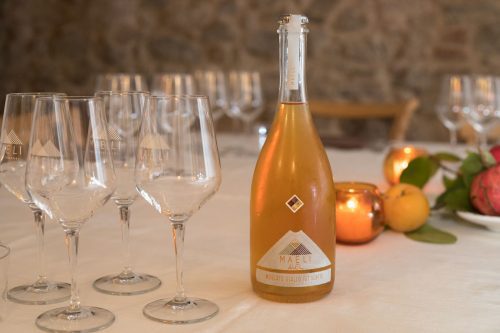 Tasting Report: Maeli Wines, 2015 and 2016 Vintage
Tasting Report: Maeli Wines, 2015 and 2016 Vintage
Go inside the tasting notebook of wine writer Kevin Day as he examines the expressive and unusual Moscato Giallo wines of Maeli with this tasting report.[/two_third_last]
The Necessity of Experimentation
On matters of Italian wine, Veneto owns perhaps the broadest spectrum. On the one end, you have brooding Amarone della Valpolicella; on the other, featherweight Prosecco. Moscato Giallo fits somewhere along that line, but the vastness of styles makes it a bit fragmented. If anything, Maeli is fragmenting it further.
Arriving at her current mix of Moscato Giallo wines has been a tireless series of experiments for Elisa. To make her traditional method sparkling wine, she discovered it was best to conduct a rolling harvest beginning in mid-August when the grapes have high acidity. Steadily, through early September, she and her team will harvest the remaining grapes as they blush with ripeness.
“You have to have acidity on one end, and maturity and the flower [aromas] on the other end. Because Yellow Muscat is not a grape with a lot of acidity, you have to pick [a certain amount] of the grapes early to have it.”
Even with the ripeness of the September grapes, the wine is still vinified mostly dry (1.8g/L residual sugar), but even this process proved to be a lesson in experimentation. Finding the right yeast to ferment the juice to such a level proved to be tricky, and taking cues from Champagne was no help. When she introduced a yeast strand suited for Pinot Noir, it was a disaster. “I lost one year of my life to this wine,” she exclaims.
At the opposite end of the stylistic spectrum is her Fior d’Arancio Passito. It carries a tooth-sticking 136 g/L of residual sugar, yet it was my favorite wine of the entire tasting. To make it, Elisa dries the grapes for three to four months on flat racks, choosing to air-dry them both indoors and under protective cover outdoors. But even this process yielded surprises.
“I was really surprised that malolactic fermentation took place during the [drying] process … So we are still trying to find the best way to dry them to get what we want.”
But I wasn’t noticing anything inconsistent in the wine. The sugar was by no means cloying, presenting itself more as an illusion than anything, and the notes were so bright and sunny, the finish felt like a kiss. If there is a problem with this wine, it is that there isn’t enough of it.
“This is the first year I’ve been able to bottle this wine because we did not have enough to make the bottling. This is a kind of solera, because every year I put a little of the last year otherwise I don’t have enough wine.” She shrugged her shoulders as if to say I do what I have to.
It was a shrug that encapsulated so much of Elisa’s approach to making “all of the versions” of Moscato Giallo.
Note: My visit to Maeli was part of a press trip funded by Maeli’s importer, Wilson Daniels. Per my editorial policy, I am under zero obligation to write about anything from the trip, and I maintain all editorial discretion for this content. In the end, Maeli was definitely worth writing about.
Essential Winemaker of Italy
Maeli is listed as one of our Essential Winemakers of Italy. Learn about visiting the winery and see who else makes our coveted list.

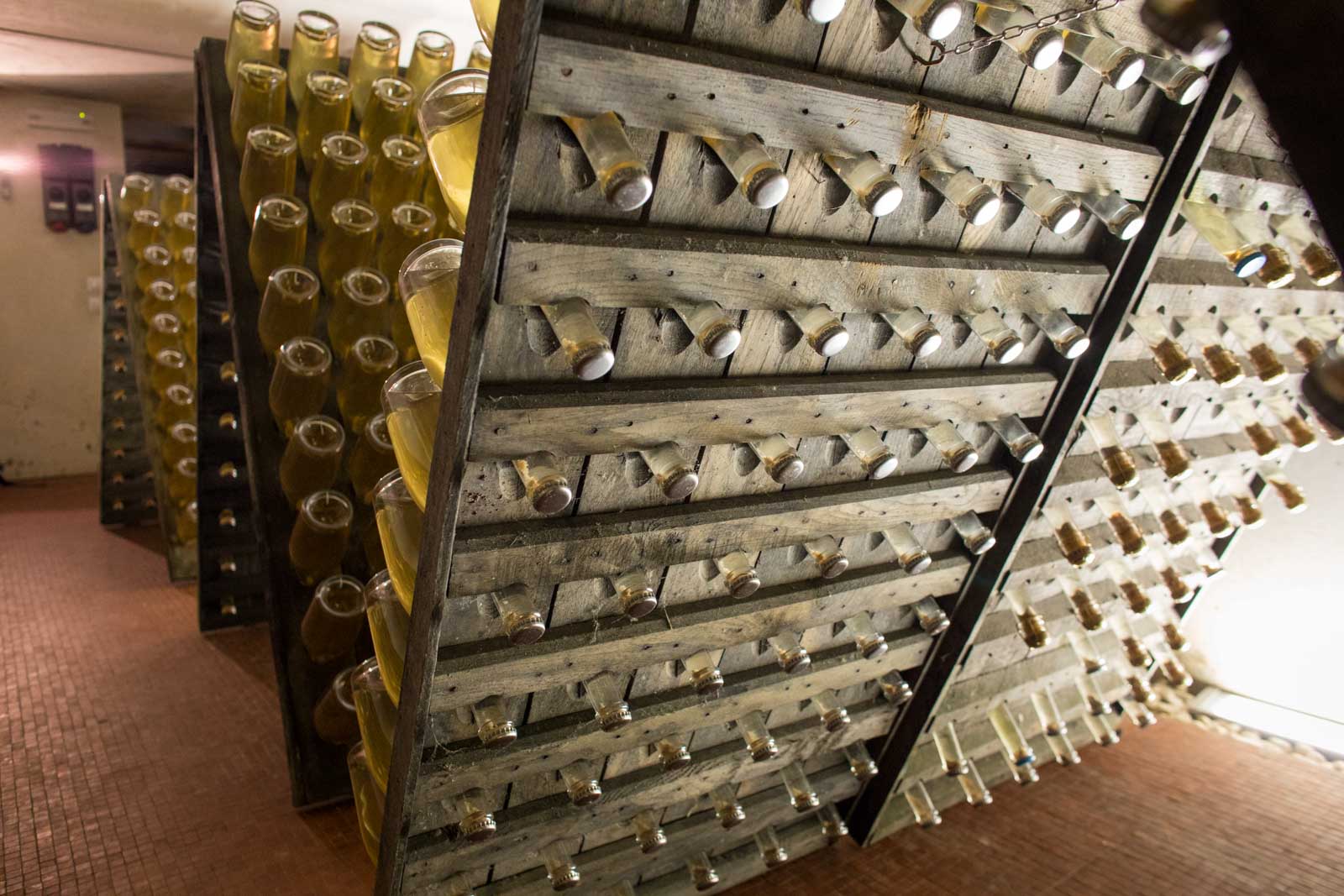
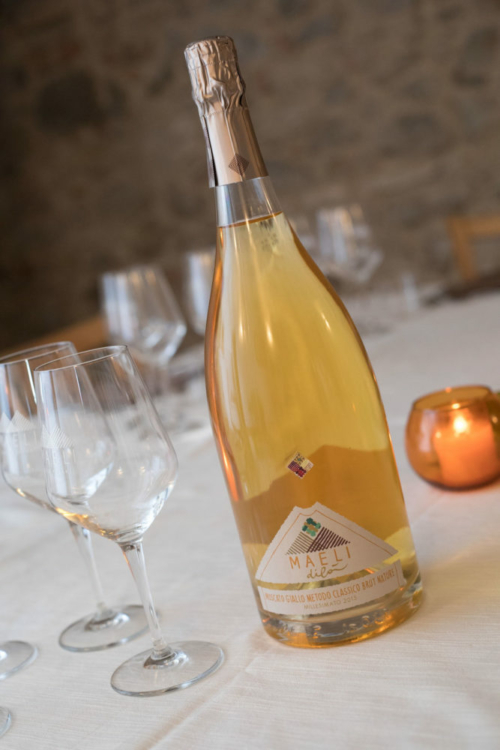
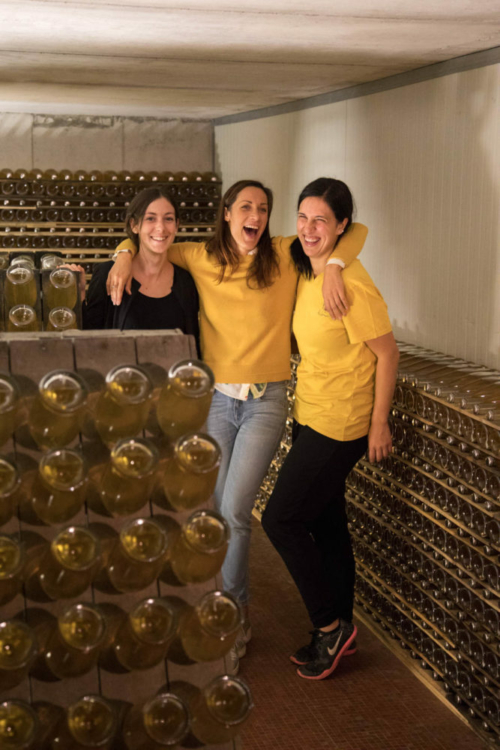
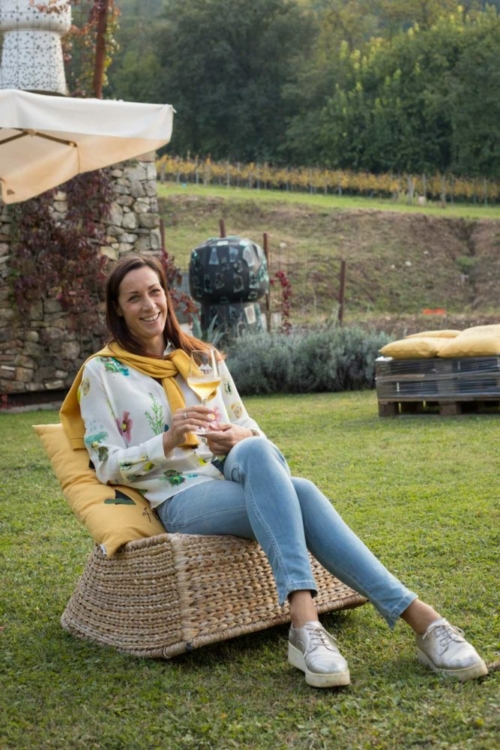
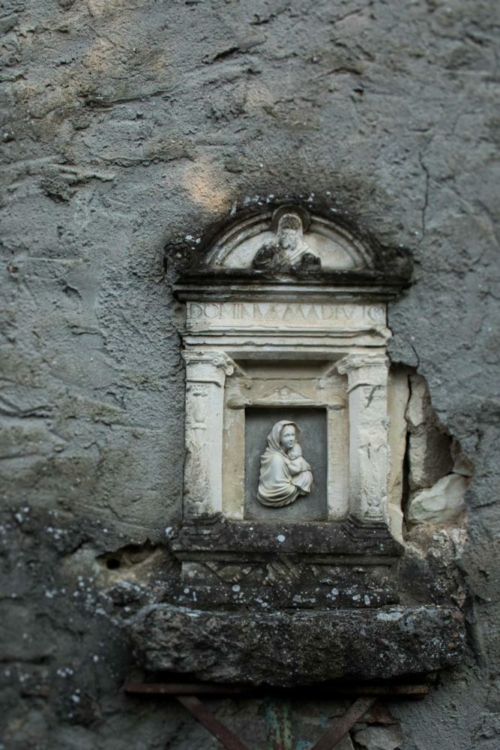

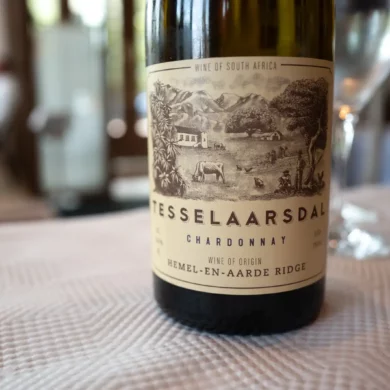
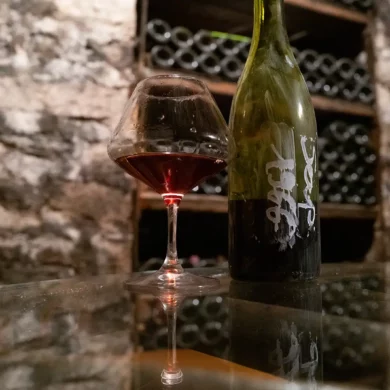
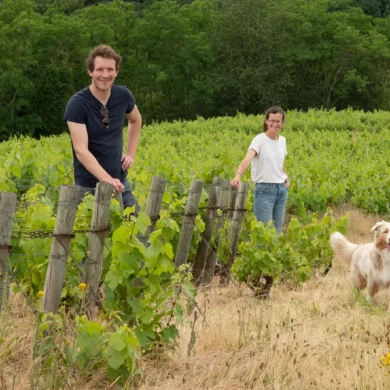
One Comment